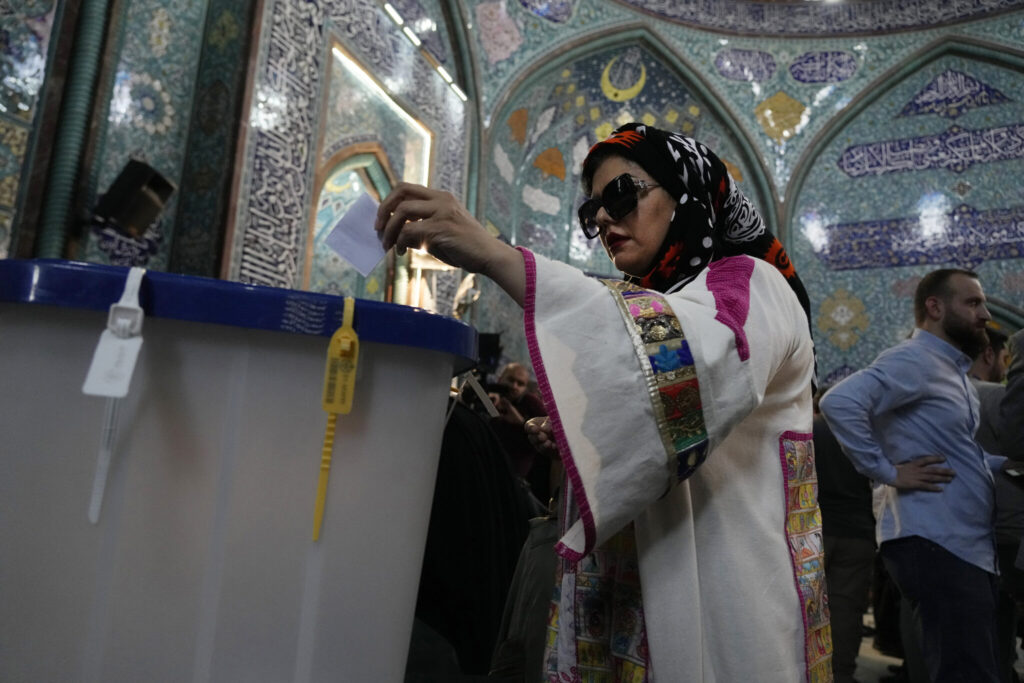Iranians voted Friday in a snap election to replace the late hard-line President Ebrahim Raisi, with the race’s sole reformist candidate vowing to seek “friendly relations” with the West in an effort to boost his campaign. The remarks by heart surgeon Masoud Pezeshkian come after he and his allies were targeted by a veiled warning from the country’s supreme leader, Ayatollah Ali Khamenei, over their outreach to the United States.
Quick Read
Iran Votes in Snap Election Amid Uncertain Turnout:
- Election Background:
- Iranians are voting to replace late hard-line President Ebrahim Raisi, who died in a helicopter crash.
- The snap election features hard-line candidates and a sole reformist, Masoud Pezeshkian, who seeks friendly relations with the West.
- Pezeshkian’s Campaign:
- Pezeshkian, a heart surgeon, is aiming to boost turnout with promises of better relations with the West and a more humane approach to women’s rights.
- His campaign faces challenges, including criticism that he is just another government-approved candidate.
- Supreme Leader’s Influence:
- Ayatollah Ali Khamenei holds ultimate power in Iran, though the president can influence policies.
- Khamenei has urged a high voter turnout, emphasizing its importance for the Islamic Republic.
- Regional Tensions:
- The election occurs amid heightened tensions in the Middle East, including Iran’s direct attacks on Israel and involvement through armed militias.
- Iran’s nuclear activities remain a significant global concern.
- Turnout Uncertainty:
- Voter apathy is a significant issue, with recent elections showing record-low turnouts.
- Pezeshkian’s potential success may depend on overcoming calls for boycotts and engaging disillusioned voters.
- Election Mechanics:
- A candidate must secure over 50% of the vote to win outright, or the top two candidates will face a runoff.
- Over 61 million Iranians are eligible to vote, with a significant proportion being young voters.
- Historical Context:
- This is only the second time a runoff may be required, the first being in 2005.
- Raisi, seen as a potential successor to Khamenei, was known for his role in past mass executions and crackdowns on dissent.
The Associated Press has the story:
Iran votes in snap poll for new president after hard-liner’s death, but turnout remains a question
Newslooks- DUBAI, United Arab Emirates (AP) —
Iranians voted Friday in a snap election to replace the late hard-line President Ebrahim Raisi, with the race’s sole reformist candidate vowing to seek “friendly relations” with the West in an effort to boost his campaign. The remarks by heart surgeon Masoud Pezeshkian come after he and his allies were targeted by a veiled warning from the country’s supreme leader, Ayatollah Ali Khamenei, over their outreach to the United States.
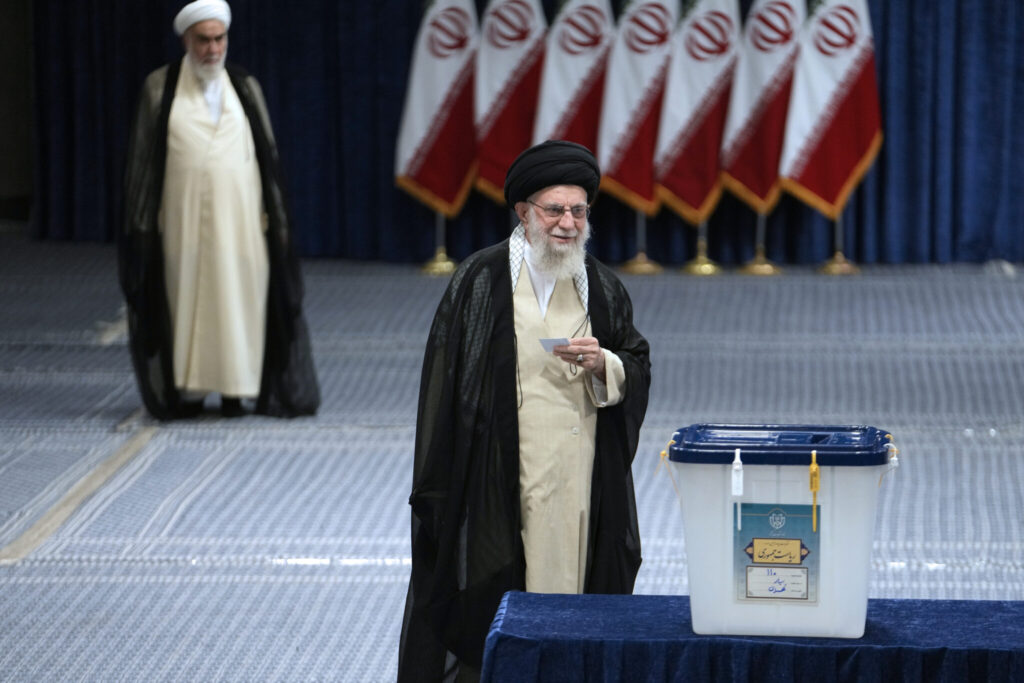
Pezeshkian’s comments, made after he cast his ballot, appeared to be aimed at boost turnout as public apathy has grown pervasive in the Islamic Republic after years of economic woes, mass protests and tensions in the Middle East.
Voters face a choice between hard-line candidates and the little-known Pezeshkian who belongs to Iran’s reformist movement that seeks to change its Shiite theocracy from within. As has been the case since the 1979 Islamic Revolution, women and those calling for radical change have been barred from standing as candidates, while the vote itself will have no oversight from internationally recognized monitors.
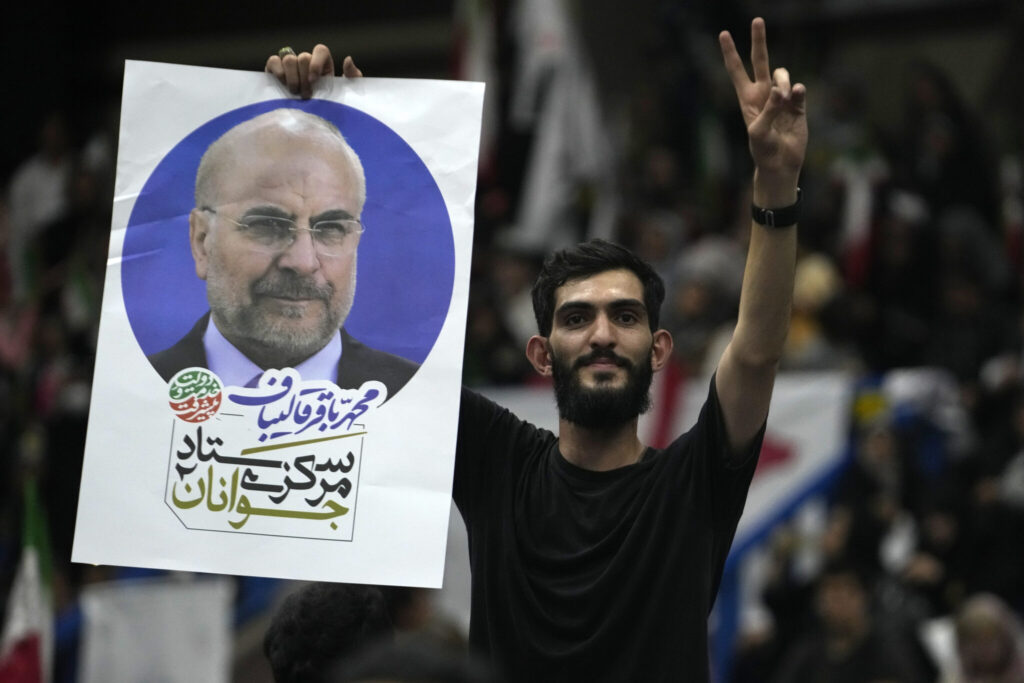
The voting comes as wider tensions have gripped the Middle East over the Israel-Hamas war in the Gaza Strip. In April, Iran launched its first-ever direct attack on Israel over the war in Gaza, while militia groups that Tehran arms in the region — such as the Lebanese Hezbollah and Yemen’s Houthi rebels — are engaged in the fighting and have escalated their attacks.
Meanwhile, Iran continues to enrich uranium at near weapons-grade levels and maintains a stockpile large enough to build — should it choose to do so — several nuclear weapons.
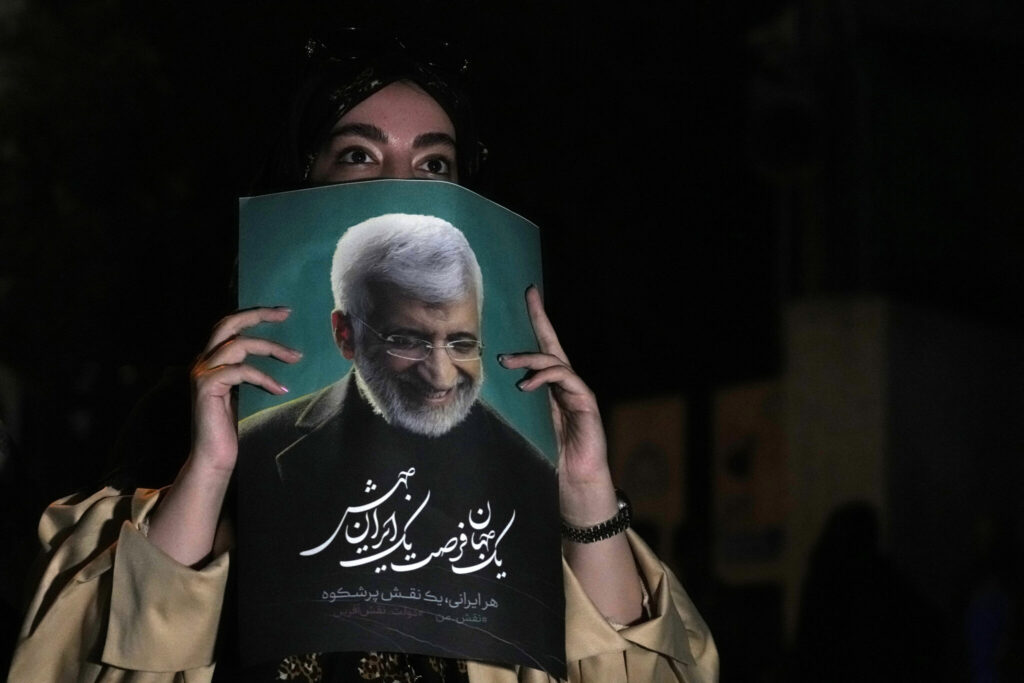
While Iran’s 85-year-old Khamenei has the final say on all matters of state, presidents can bend the country’s policies toward confrontation or negotiation with the West. However, given the record-low turnout in recent elections, it remains unclear just how many Iranians will take part in Friday’s poll.
Pezeshkian, who voted at a hospital near the capital, Tehran, appeared to have that in mind as he responded to a journalist’s question about how Iran would interact with the West if he was president.
“God willing, we will try to have friendly relations with all countries except Israel,” the 69-year-old candidate said. Israel, long Iran’s regional archenemy, faces intense criticism across the Mideast over its grinding war in the Gaza Strip.
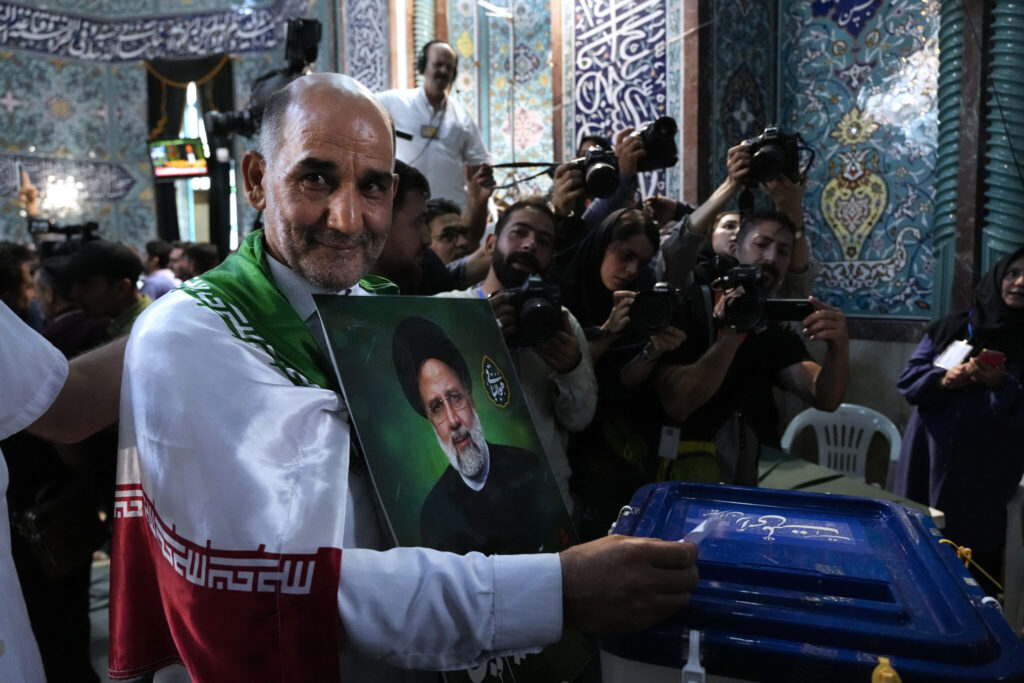
He also responded to a question about a renewed crackdown on women over the mandatory headscarf, or hijab, less than two years after the 2022 death of Mahsa Amini, which sparked nationwide demonstrations and violent security force response.
“No inhuman or invasive behavior should be made against our girls, daughters and mothers,” he said.
A higher turnout could boost Pezeshkian’s chances, and the candidate may have been counting on social media to spread his remarks, as all television broadcasters in the country are state-controlled and run by hard-liners. But it remains unclear if he can gain the momentum needed to draw voters to the ballot. There have been calls for a boycott, including from imprisoned Nobel Peace Prize laureate Narges Mohammadi.
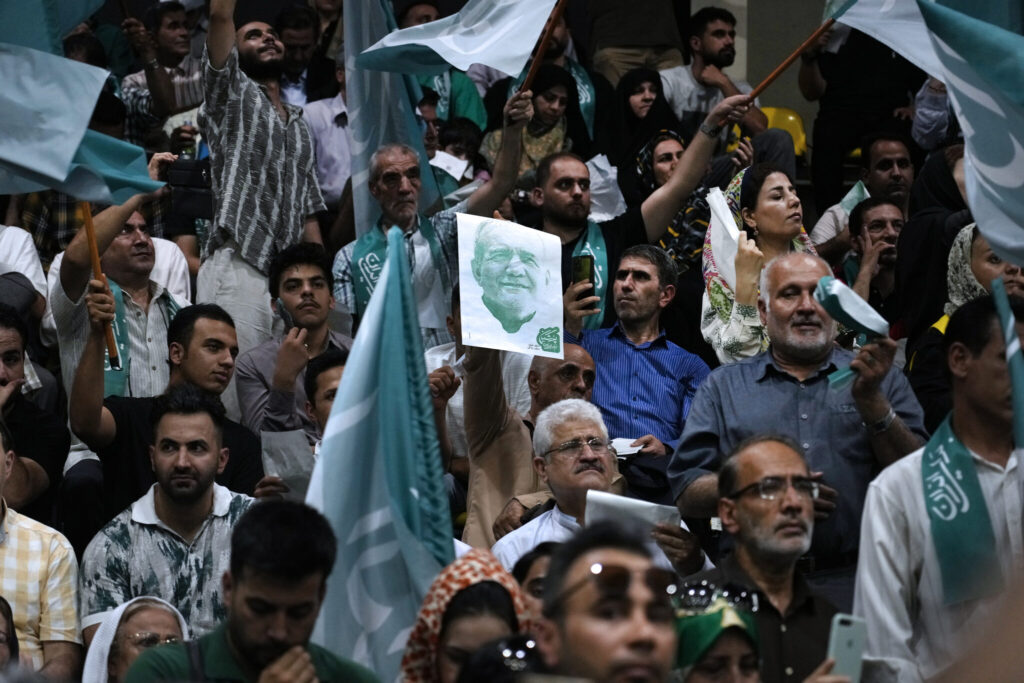
There’s also been criticism that Pezeshkian represents just another government-approved candidate. One woman in a documentary on Pezeshkian aired by state TV said her generation was “moving toward the same level” of animosity with the government that Pezeshkian’s generation had in the 1979 revolution.
Analysts broadly describe the race as a three-way contest. There are two hard-liners, former nuclear negotiator Saeed Jalili and the parliament speaker, Mohammad Bagher Qalibaf. A Shiite cleric, Mostafa Pourmohammadi, also has remained in the race despite polling poorly.
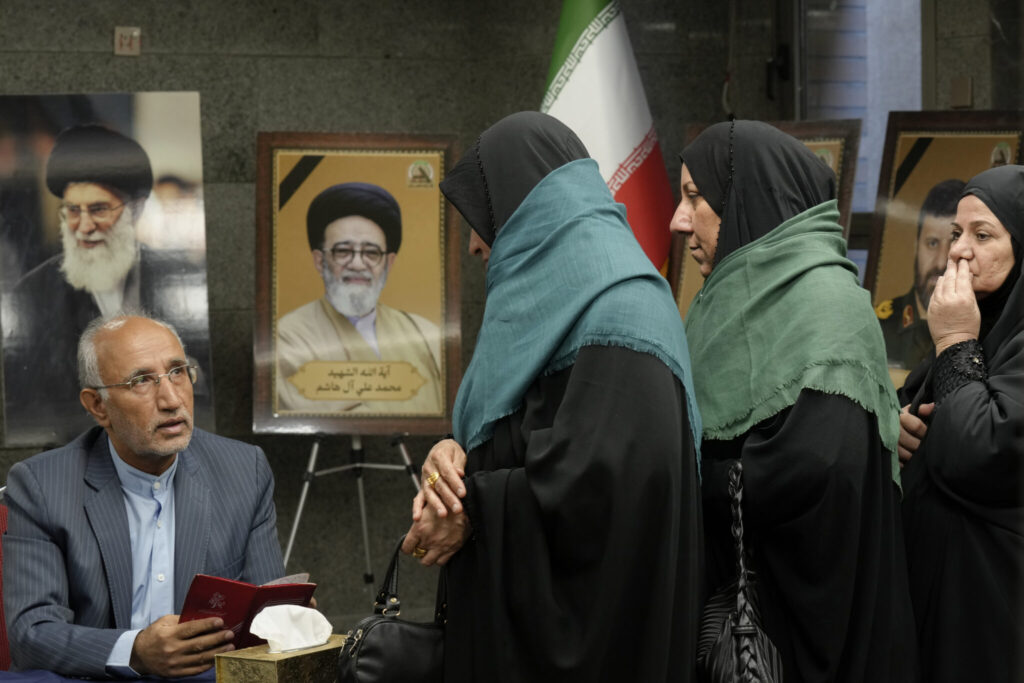
Pezeshkian has aligned himself with figures such as former President Hassan Rouhani under whose administration Tehran struck the landmark 2015 nuclear deal with world powers.
The voting began just after President Joe Biden and former President Donald Trump concluded their first televised debate for the U.S. presidential election, during which Iran came up.
Trump described Iran as “broke” under his administration and highlighted his decision to launch a 2020 drone strike that killed Revolutionary Guard Gen. Qassem Soleimani. That attack was part of a spiral of escalating tensions between America and Iran since Trump unilaterally withdrew the U.S. in 2018 from Tehran’s nuclear deal with world powers.
Iranian state media made a point to publish images of voters lined up in the city of Kerman near Soleimani’s grave.
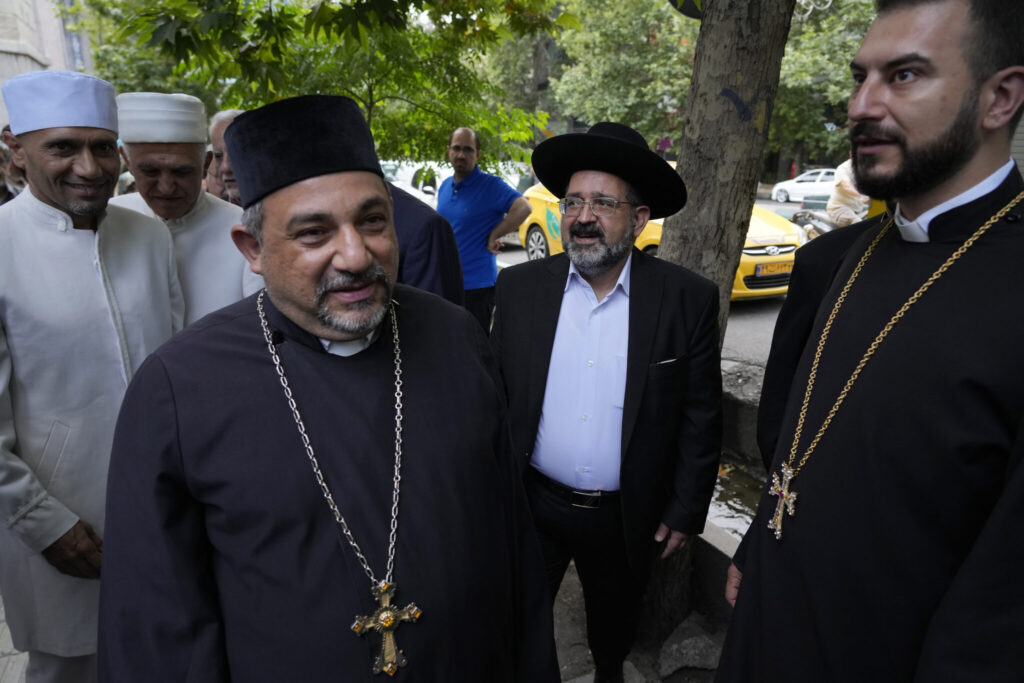
Interior Minister Ahmad Vahidi, who is in charge of overseeing the election, announced all the polls had opened just at 8 a.m. local time. Khamenei cast one of the election’s first votes, urging the public to turn out.
“People’s turnout with enthusiasm, and higher number of voters — this is a definite need for the Islamic Republic,” Khamenei said.
State television later broadcast images of polling places across the country with modest lines. Onlookers did not see significant lines at many polling centers in Tehran, reminiscent of the low turnout seen in Iran’s recent parliamentary election in March.
More than 61 million Iranians over the age of 18 are eligible to vote, with about 18 million of them between 18 to 30.
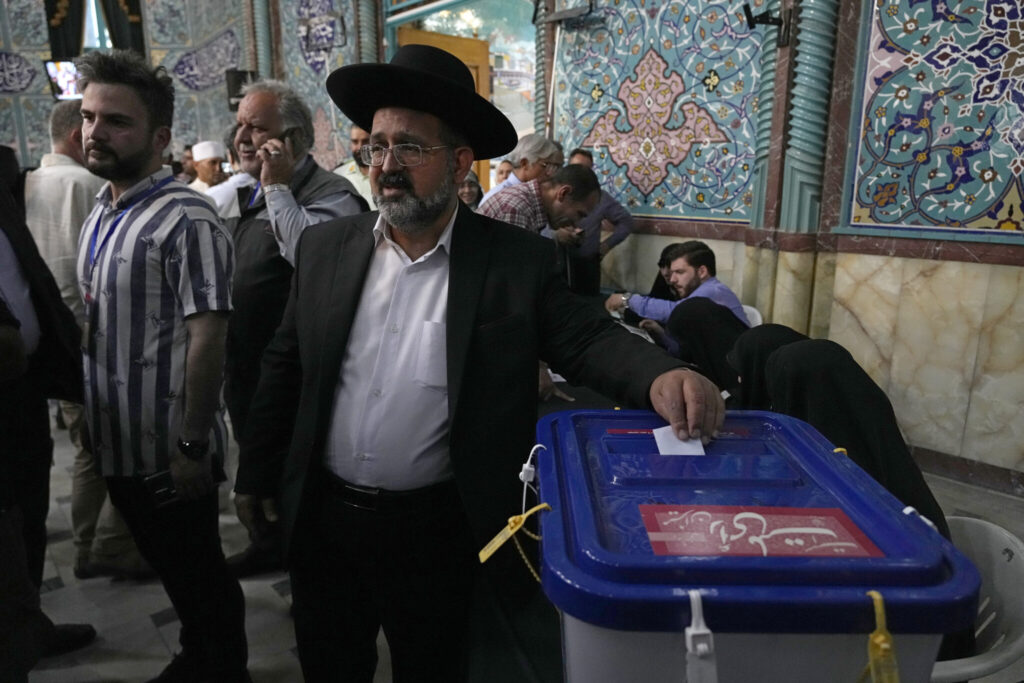
Iranian law requires that a winner gets more than 50% of all votes cast. If that doesn’t happen, the race’s top two candidates will advance to a runoff a week later. There’s been only one runoff presidential election in Iran’s history, in 2005, when hard-liner Mahmoud Ahmadinejad bested former President Akbar Hashemi Rafsanjani.
The 63-year-old Raisi died in the May 19 helicopter crash that also killed the country’s foreign minister and others. He was seen as a protégé of Khamenei and a potential successor as supreme leader. Still, many knew him for his involvement in the mass executions that Iran conducted in 1988, and for his role in the bloody crackdowns on dissent that followed protests over the death of Amini, a young woman detained by police over allegedly improperly wearing the mandatory headscarf, or hijab.

